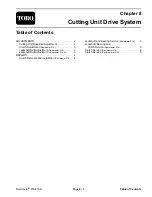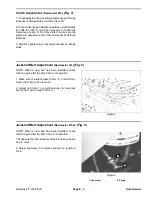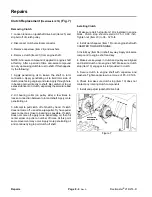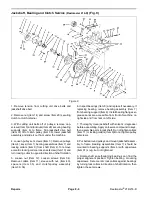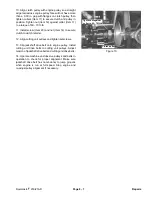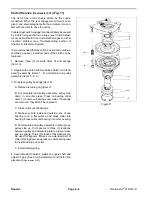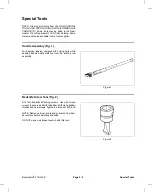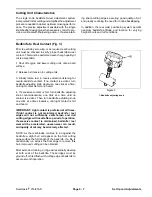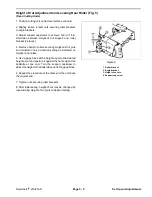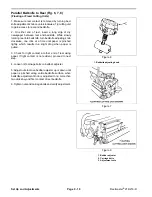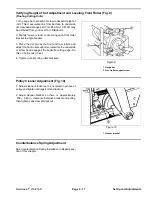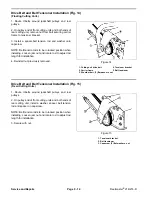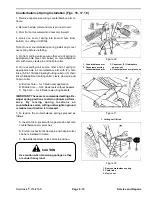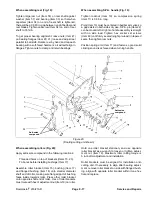
__________________________________________________________________________________________
________________________________________________________________________________________________________________________________________________________
________________________________________________________________________________________________________________________________________________________
________________________________________________________________________________________________________________________________________________________
________________________________________________________________________________________________________________________________________________________
________________________________________________________________________________________________________________________________________________________
________________________________________________________________________________________________________________________________________________________
Troubleshooting
There are a number of factors that can contribute to
height may not always be overcome by adjusting the
unsatisfactory quality of cut, some of which may be turf
machine. It is important to remember that the lower the
conditions. Turf conditions such as excessive thatch,
height of cut, the more critical these factors are.
“sponginess” or attempting to cut off too much grass
Factors Affecting Quality of Cut
Factor
Possible Problem/Correction
1. Engine maximum governed speed.
Check maximum governed engine speed. Adjust to
specification if necessary — affects reel speed.
2. Reel speed and ground speed.
Select proper reel pulley size and use proper ground
speed to get optimum clip frequency for selected
height of cut.
See Troubleshooting in Chapter 5 - Hydraulic System.
3. Tire pressure.
Check tire pressure and adjust if necessary. Must be
equal in both front tires.
4. Reel bearing condition and alignment.
Replace bearings if worn or damaged.
5. Reel and bedknife sharpness.
Reel and/or bedknife that has rounded edge
CANNOT
be corrected by tightening bedknife to reel
contact. Grind reel to remove taper (cone shape)
and/or rifling (grooved or ribbed appearance). Grind
bedknife to sharpen and/or remove rifling. (Most com
mon cause of rifling is bedknife to reel contact that is
too tight.)
NOTE: New bedknife must be ground after installing
on bedbar to match bedknife to bedbar.
6. Bedknife parallel to reel.
Check and adjust as necessary.
7. Bedknife to reel contact.
Check before operating with cutting unit on ground.
Remove belt tension and rotate reel by hand. TURN
ADJUSTING KNOB ONE (1) CLICK AT A TIME UNTIL
FIRST CONTACT BETWEEN REEL AND BEDKNIFE IS
FELT OR HEARD, THEN TIGHTEN ONE (1) MORE
CLICK TO GET LIGHT CONTACT
. No contact dulls
cutting edges. Excessive contact increases wear.
Troubleshooting
Page 9 - 4
Reelmaster
®
216/216-D
Summary of Contents for reelmaster 216
Page 2: ...This page is blank ...
Page 4: ...This page is blank ...
Page 8: ...Safety Instructions Page 1 4 Reelmaster 216 216 D ...
Page 12: ...Torque Specifications Page 2 4 Rev B Reelmaster 216 216 D ...
Page 26: ...Adjustments Page 4 4 Reelmaster 216 216 D ...
Page 40: ...Troubleshooting Page 5 14 Reelmaster 216 216 D ...
Page 42: ...Troubleshooting Page 5 16 Reelmaster 216 216 D ...
Page 72: ...Repairs Page 5 46 Reelmaster 216 216 D ...
Page 75: ...Reelmaster 216 S N 10001 19999 Reelmaster 216 216 D Page 6 3 Wiring Schematics ...
Page 76: ...Reelmaster 216 S N 20001 Up Wiring Schematics Page 6 4 Reelmaster 216 216 D ...
Page 77: ...Reelmaster 216 D Reelmaster 216 216 D Page 6 5 Wiring Schematics ...
Page 114: ...Repairs Page 7 8 Reelmaster 216 216 D ...
Page 124: ...Repairs Page 8 10 Reelmaster 216 216 D ...
Page 143: ...This page is blank ...


